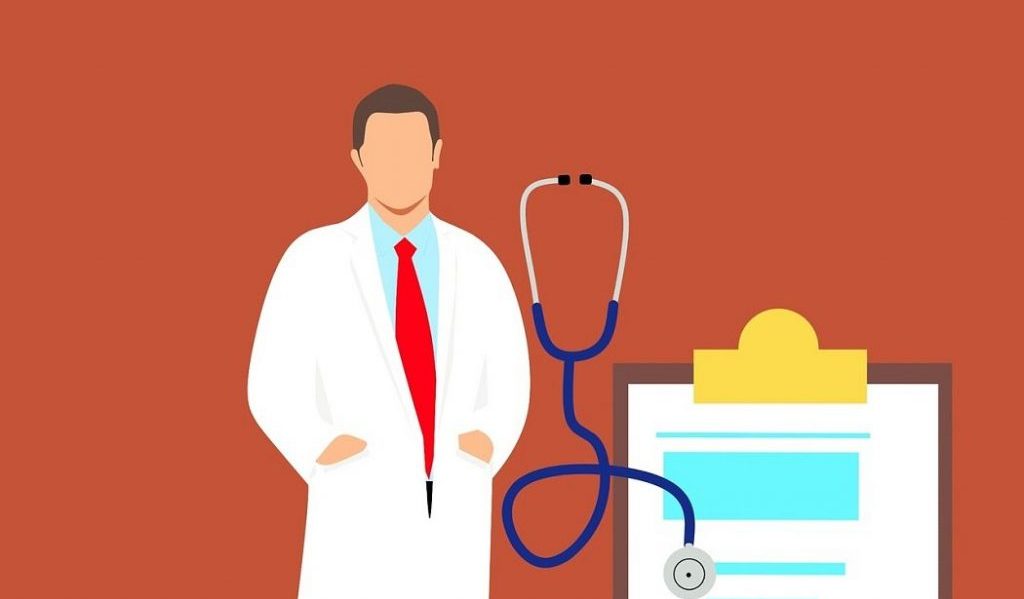Lung nodules are becoming more common nowadays. This is in fact related to the widespread use of chest CT scans during medical check-ups. CT scan is more accurate than chest radiographs and replaces them more often. As a result, there is an increasing number of findings of lung nodules.
Determining whether a lung nodule is high-risk:
When a lung nodule is found, many people will wonder what steps to take and whether to have it removed surgically.
In this case, the doctor will determine whether the nodule is high-risk. If it is not, it is followed up. If it is, then either operate now or keep it under observation, as the case may be. In fact, if the nodule is not that high risk, the doctor will often recommend follow-up first. This is because it will not be too late to operate when changes in the nodule are noticed. There is no need to be nervous and anxious.
So, what are the lung nodules that are nothing to worry about?
Types of lung nodules that are harmless:
If a lung nodule becomes smaller after treatment with anti-inflammatory drugs, then it is unlikely to be cancerous.
If you have one, or especially multiple, micronodules (very small nodules) in your lungs, you can live your life easily and pay little attention to them. All you need is a six-monthly or annual follow-up.
Assessing risk factors for developing lung cancer:
If the lung nodule is larger, your doctor will need to check for any risk factors for developing lung cancer. These may start with whether you have a history of smoking, whether the air in your daily life or work space is clean and hygienic, and whether there is a history of cancer in your family, especially in the lungs, etc. If there are such risk factors, your doctor then checks the size, shape, density, margins, and other features of the nodule on CT scans. For nodules that are at low risk, your doctor may recommend follow-up scans every 3 or 6 months. For high-risk nodules, further testing or even surgery may be necessary.
Continuous follow-up for lung nodules:
After about 3 years of continuous follow-up, if the lung nodule does not increase in size, and there are no signs of burrs, lobulation, blood vessels growing in, uneven density, etc., in such a case, it is only a nodule and usually does not become cancerous, so you can rest assured.
